“Data, drive and digitisation”: Tata EV chief on India’s electric ecosystem
Anand Kulkarni said that Tata has made significant improvements over the previous generation of EVs.
Tata is also working with major stakeholders to help improve the charging infrastructure in India.
Tata has developed an algorithm for range prediction on EVs. Read on to know more.
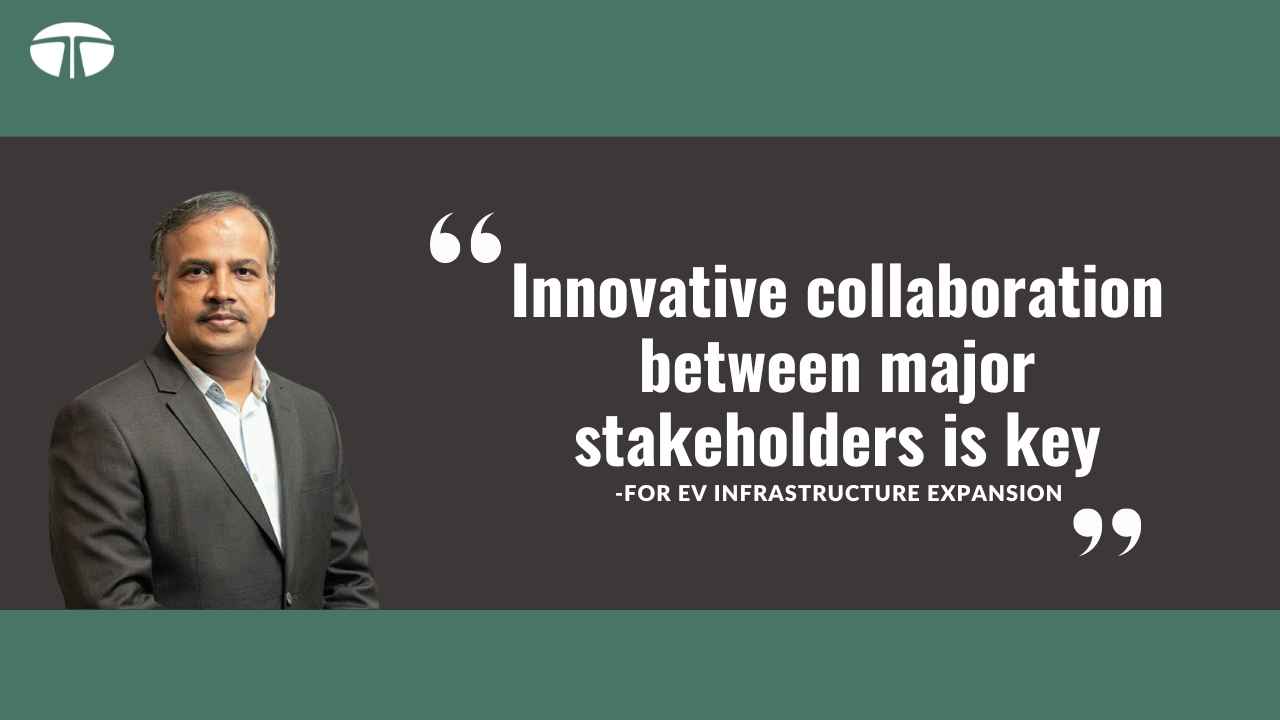
Electric vehicles are becoming more and more popular with each passing day. What used to seem like something India is just not ready for up till 2018, is very much a common thing just 6 years down the line. I also saw the trend changing in my recent trip to China, where most cars are already electric powered and the charging infrastructure is as widespread as fuel stations, if not more.
 Survey
SurveyNow, the rapid change in the road transport in China made me wonder if that is the future of India. To think of how EVs were not even taken seriously till a few years back up till 2024, where you see a lot of EVs around, be it on the roads or your own social circle, I believe that India is headed towards a similar shift. The only drawback here is the current infrastructure, but given the push from both the manufacturers and government, it only seems to be a matter of time until infrastructure remains a problem.
As you may have already noticed, I take a keen interest in EVs in India. Obviously, as someone who is often bogged down by the ever-increasing fuel prices and traffic, EVs sound like a viable option. Even for someone who considers themselves an enthusiast. So recently, I got the chance to talk to Mr Anand Kulkarni, who heads Tata Motors’ EV division in India and I jumped on the opportunity purely because of my interest in cars and my curiosity about where India’s EV boom is headed.
Mr Kulkarni is currently the Chief Products Officer or the Head of HV Programs and Customer Service at Tata Passenger Electric Mobility Ltd. He looks after the EV fleet of Tata Motors in India, and has been involved in the development of the most popular EVs in the country including the likes of Tata Nexon, Tiago EV, and most recently, Tata Punch EV.
In my conversation with Mr Kulkarni, we touched upon many topics ranging from the tech inside cars, Tata’s part in the growing EV infrastructure in India, the reliability issues with the early stage Tata EVs, data privacy, and much more. So I’ll try to put the whole conversation into a few words. Here’s how it went:
On cars becoming more and more like gadgets and how Tata is keeping up with the pace.
When asked about the more tech-heavy cars in today’s generation and how Tata is keeping up with the pace, Mr Kulkarni said that right now, the customer profiles are changing. With the millennials and the digital-native generation now becoming owners, the need for tech inside cars is also increasing.
“They (new customers) want everything to be an extension of their lifestyle. They want this entire thing with seamlessness, connectivity, being able to connect and carry their devices. What we see today is that a significant portion of our customers, almost 55%, fall within the under 35-years-old age bracket and a large part of them are the digital-native section who have grown up with gadgets and technology. Therefore, they have a keen interest in everything cutting edge. This choice is reflected in their choices of vehicles.”
He further said that since the demand of the users is such, the products or cars that Tata makes are ahead in their categories. Therefore, he noted that every EV that Tata makes, has to be reflective of two or three segments above them in terms of the features being offered. While explaining, Mr Kulkarni touched upon some features that Tata offers to users including Arcade.ev, which allows users to engage with different applications that offer benefits like attending video calls, watching videos, and more (while the car is charging. Kulkarni calrified that these features don’t work while the car is moving).
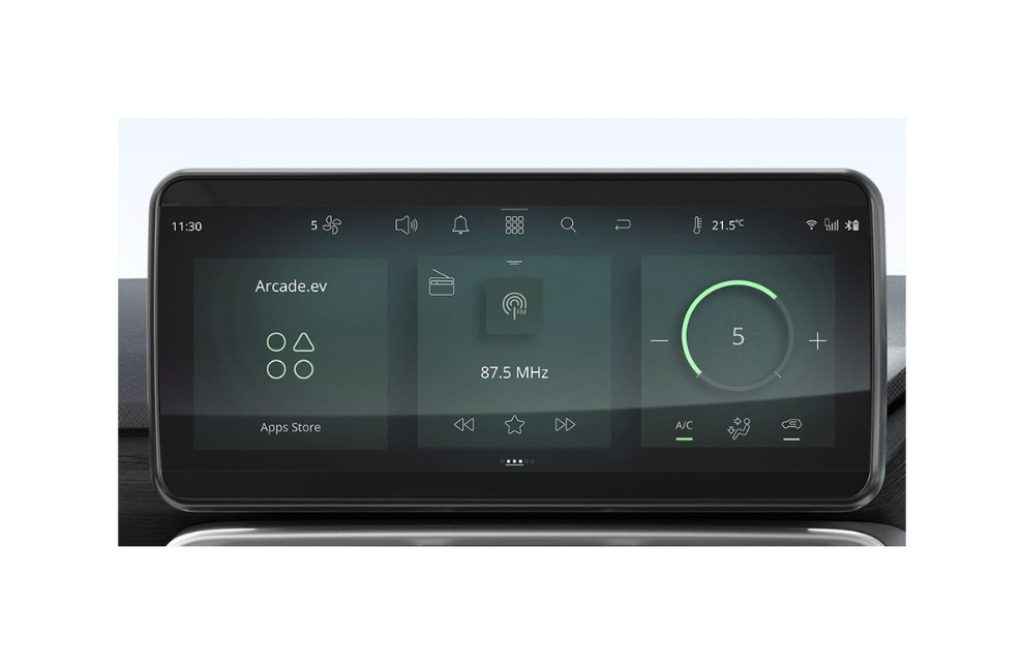
He also talked about the four tailored voice assistants and how it makes it easier for users to interact with their vehicles. Further, the Z Connect app, which now enables more than 60 features including geo-fencing, remote control features, location mapping, and more. This, he said, is in alignment with the evolving expectations of the newer, more tech-savvy generation of buyers.
“All of the features. Be it outside or inside of the car, come together to create this digital or gadgetified persona of the car. That is something we would continue and even make sure that we keep bringing new innovations and the car’s interaction with the customer is more personalized going ahead.”
On how Tata is addressing the customer’s perspective towards EVs when it comes to things like range anxiety.
In terms of making the cars more efficient, Kulkarni said that it is a long process that involves engineers working with the most efficient materials and technologies in order to make cars more efficient. “EV carries a certain specific energy on board. And as engineers who are making EVs, it is important to minimize the consumption, maximise regeneration, and optimise the utilisation of energy as the car goes about its various functionalities,” Kulkarni said.
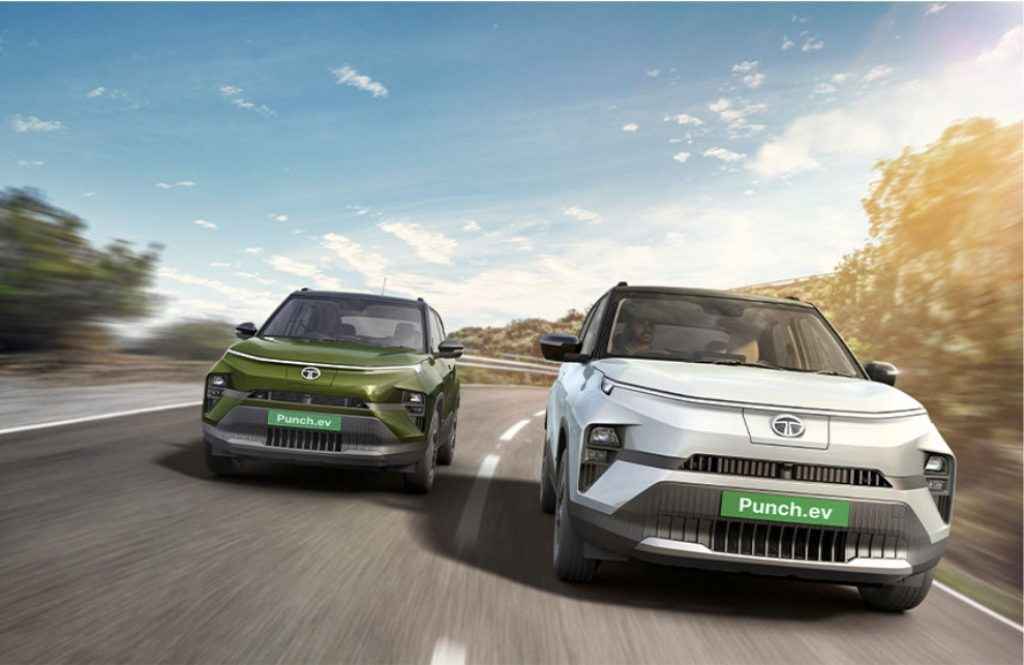
“For example, we would work with very efficient and optimised low resistance tyres, we would work with the regeneration maps, we would work with the drivability maps, in order to make sure everything comes together seamlessly.” All this, Kulkarni said, is about conserving the energy and optimising the amount of energy.
In terms of addressing the range anxiety, Kulkarni said that Tata Motors usually looks at the customer’s driving patterns. And if there are some specific aspects that are standing out like the acceleration, drivability, or the way that the car is getting used, “then we are in a position to analyze that data and give inputs on how certain changes to their driving habits could improve the range or the efficiency of the car further.”
“Most times, people tend to stay with their current practices due to the lack of awareness or lack of knowledge. Therefore, the ability to look at data and help people change their behaviour is extremely positive and this is like shaping the consumer’s behviour in terms of using EVs.”
Further, Kulkarni also talked about the trust factor when it comes to the range that is being predicted by the car. He said that there are two approaches to this. One, you show the most immediate or real time range of the car. Here, he said that there are caveats. For example, if one is driving on the hill, the range of the car becomes drastically low. If you go downhill, the range will go up. But then, people don’t like to see these sporadic changes.
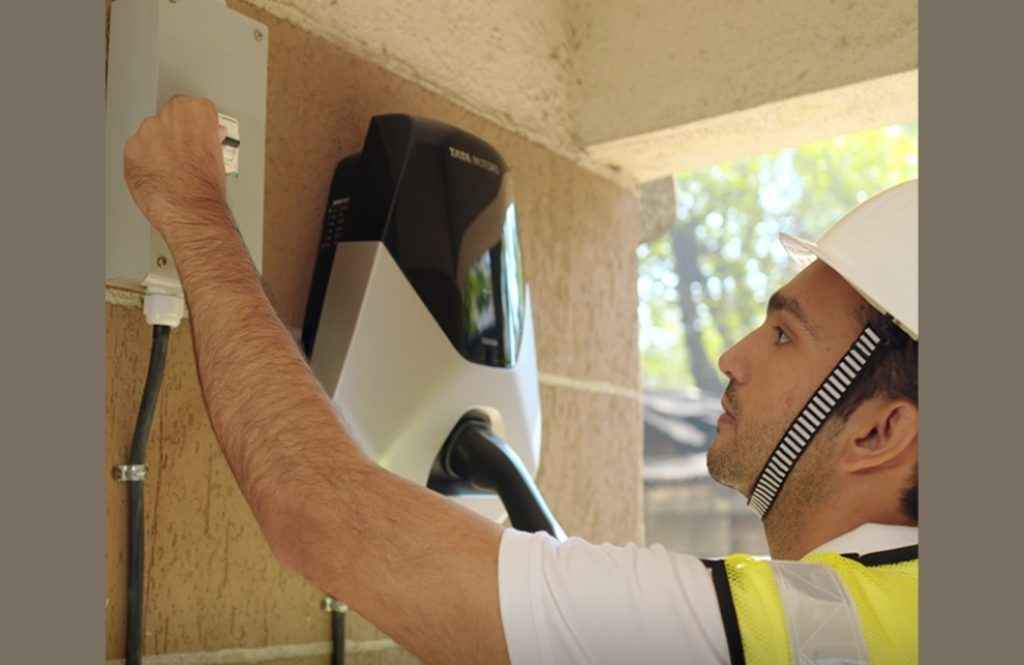
Then again, if you filter it out to a large extent, then irrespective of a slope or an uphill climb, the range doesn’t change, which again is something that is a little unnerving to people, he mentioned. Therefore, he said that Tata has broken down the range prediction algorithm into different segments that essentially applies a weightage for the last few kilometers and the longer that you drive, the weightage drops down. He also admitted that the algorithm doesn’t work accurately in all environments but it does offer a reasonably stable range prediction.
“There will be use cases where it will still be a problem but most people get used to it. Because they understand the topographical changes that their route has had. They understand the ups and downs that their roads are likely to have, and therefore they are able to apply that additional level of information on top of it and know exactly where the car is going to be,” Kulkarni said.
He also gave examples of how this has improved as compared to the range prediction issues that the first generation Tata Nexon EV used to face. Further, Kulkarni went on to acknowledge that he has been noticing the change in the consumers also in terms of trusting the predicted range.
On what Tata is doing in terms of helping expand the EV infrastructure in India.
On if and how Tata is working on improving the charging infrastructure in the country, Kulkarni said that since Tata is the leader and sees it upon itself to help develop this ecosystem which will promote electrification in the country. “We are making very concentrated efforts in terms of bolstering and improving the ecosystem within the country. The first and most important action that we have taken recently is towards an innovative collaboration between major stakeholders in the charging infrastructure. These are typically the charge point operators and they need to expedite the development of charging infrastructure in our country.”
During the chat, Kulkarni gave an example of how Tata is helping these operators with data so that they can set up charging as per the requirement of EV drivers. “How can we collaborate with them (charge point operators) or how can we enable our data to help them, is that we will always be able to back the data of the cars that we are running and give them info about the most frequently used highways and pit stops that EV owners are making. This will enable them to understand how many chargers at what locations with what throughput can be put up.”
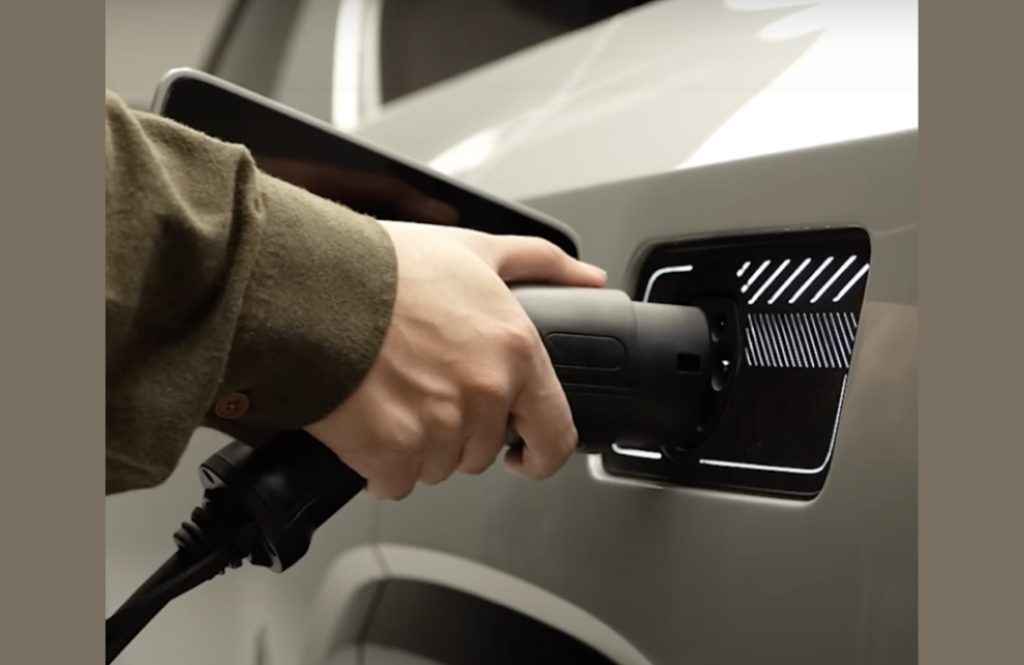
This data, he mentioned, is immensely useful because if these charging operators don’t put chargers in the right place, they would have spent the capital but not be able to recover or gain the advantage that they could have.
Kulkarni also mentioned that Tata is collaborating with resident welfare associations in select cities like Bombay and Delhi. He said that since these cities suffer from the problem that not everyone has a dedicated parking spot. So when you talk to resident welfare associations, you can ensure easy access for such individuals who do not have a dedicated parking space. He also mentioned something called “community charging solutions,” where communities are coming together to create charging solutions and Tata motors will help in whichever way we can – mainly giving them information about the customers, the cluster of people that are there and the kind of utilization that will be available.
On how people who go for EVs are generally people who like to interact with their devices a bit more.
When asked about what makes an EV customer more engaged with their device, Kulkarni said that this is something he has personally noticed in the recent past. Not only engaging with the car itself, but also with the brand. For example, there are groups and communities that are being made around Tata EVs and those platforms are being used continuously in order to reach out to the brand.
“An ICE customer mostly reaches out when there is an issue with the device. An EV customer will reach out to us even if there is no problem or he suddenly finds something new that they are excited about. Interactions with EV customers aren’t necessarily around complaints, it is also about giving us feedback. Both in terms of how he has enjoyed the experience, but also how we could change some things to improve the experience.”
On how Tata has addressed the reliability issues with tech on previous EVs and made improvements in newer models.
When asked specifically about the previous generation Tata Nexon EV’s tech having issues with reliability and seamlessness, Kulkarni said that yes, there have been many improvements and fixes in the newer generation EVs. “You keep learning. You have such huge amounts of data, so if you can’t use that to improve your product, you are doing a disservice to the whole data and analytical skills that the group possesses.”
He said that Tata has continued to listen to the consumers very closely. Coming to what the company has done, he said that these issues have told them how these cars would behave and what are the setpoints that could have been changed earlier. “In the previous Nexon because there was no prior data available, we had kept a lot of limitations in terms of how we would exercise power or regeneration. Data over the last 3 or 3.5 years has helped us understand exactly what can be released so that people can get better efficiency and range. We recently alked about the consistency of the range, those algorithms were developed based on this data.”
He also said that to keep the early adopters updated, the company has also launched software updates in the older EVs as well to bring features and tweaks based on this data to the older cars. “This we are doing so that our first generation customer enjoys the benefits of the tech improvements that we have brought with the newer cars.”
Admitting the issues with the previous Nexon EV’s issues with the gears and air conditioning, Kulkarni said that with proper changes to the algorithms and removing some of the limitations that Tata had kept earlier have also been overcome. AC improvements have taken place. With all these things, the learnings have been deployed very constructively not only do they appear as an improvement over the newer generation, these have been offered to the 1st gen customers as well so they can enjoy the newer features and realise the full benefit of the car.
On how Tata is offsetting the emissions that are being made by ICE cars.
On this, the Tata executive said that the carbon dioxide abatement technologies are already being implemented on Internal Combustion Engine (ICE) cars as well. “We continue to work further on ICE cars also. These Co2 abatement technologies can be low resistance tyres, smart batteries, smart alternators, a 6-speed gearbox that enables the user to drive the vehicle at lower RPMs, therefore generating less emissions.“
He also said that Tata is working towards converting products to gaseous fuels. For example, the i-CNG products that Tata has launched in the recent past have been extremely effective. They have found resonance with customers who want a very seamless drive along with a lower cost of ownership and where they operate in a narrow geographical parameter. It also helps us in achieving lower emissions since gasses emit much less pollution as compared to liquid fuels.
“All of this aligns with our commitment to reduce carbon emissions and positions well for the trajectory that we want to achieve as a group which is net carbon zero by 2040.”
Kulkarni also said that apart from cars, their internal operations at Tata are also going green. At each of our operations, we try to bring in as much green energy as possible for the operation of plants. This is because it isn’t just about emissions in use, it is also about the carbon footprint. We have a plan to go to 100% renewable energy across our plants by 2027.